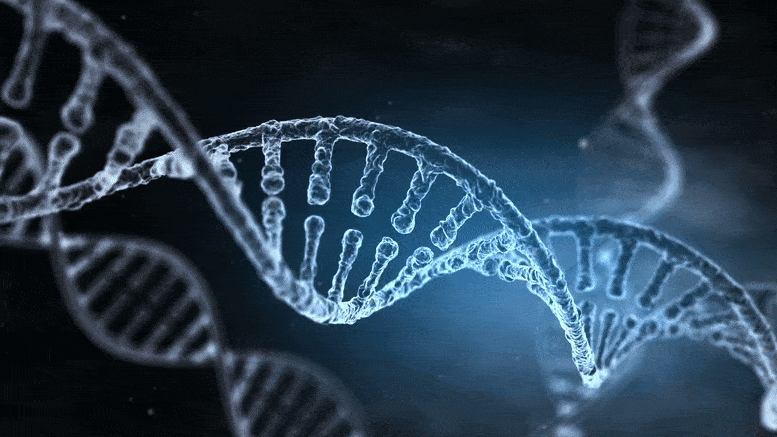Breakthrough techniques in living cells upend field.
Two studies provide a radically new picture of how bacterial cells continually repair damaged sections (lesions) in their DNA.
Led by researchers from NYU Grossman School of Medicine, the work revolves around the delicacy of DNA molecules, which are vulnerable to damage by reactive byproducts of cellular metabolism, toxins, and ultraviolet light. Given that damaged DNA can result in detrimental DNA code changes (mutations) and death, cells evolved to have DNA repair machineries. A major unresolved question in the field, however, is how do these machineries rapidly search for and find rare stretches of damage amid the “vast fields” of undamaged DNA.









Comments are closed.